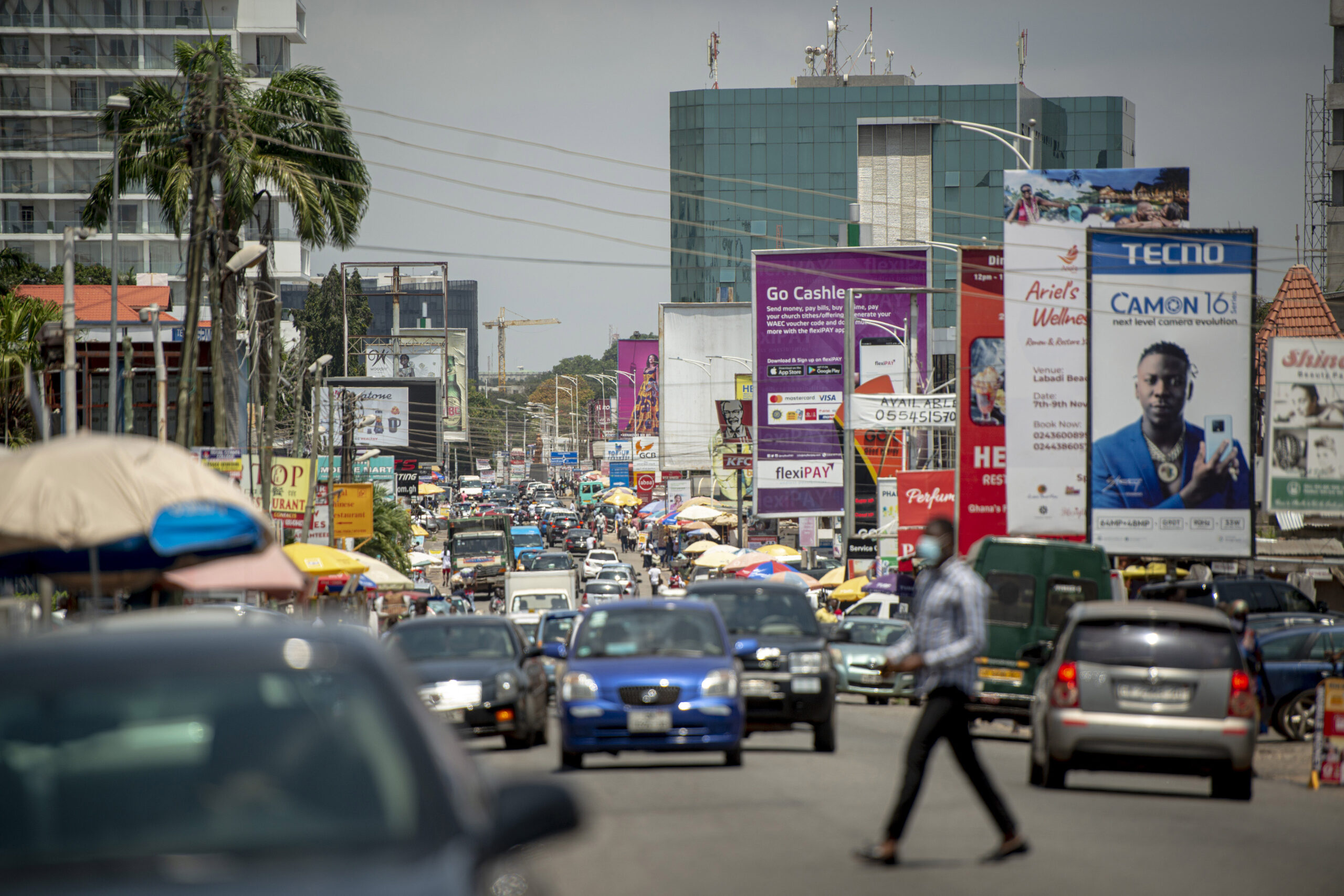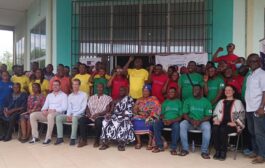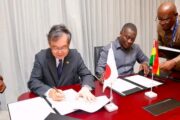The total public debt has increased from GH¢122 billion (56.9% of GDP) in 2016 to over GH¢300b in 2021 first quarter.
According to Finance Minister, Mr. Ken Ofori Atta, total public debt at the end of December 2020 was GH¢ 291.6 billion (76.1% of GDP).
Despite this, Mr. Ofori Atta said we Government is fixing this rising debt burden on Ghana, adding, the debt stock as of end-December 2020, representing 76.1 percent of GDP compared to GH¢217,991 million, equivalent to 62.4 percent of GDP in 2019.
He said this Included in the debt stock and the debt/GDP ratio at the end of 2020 is the following non-recurrent burdens that we had to deal with as a matter of urgency: Fiscal Impact of COVID-19 – GH¢ 25.2 billion; Cost of Financial Sector Clean up – GH¢ 21 billion; Cost of Excess Capacity Charges paid to IPPs – GH¢ 12 billion and the impact of the reduction in growth from an average of 7% (2017-2019) to 0.4% in 2020.
Mr. Ofori Atta noted that If these expenditures are excluded, and the drop in GDP growth in 2020 primarily attributable to the COVID-19 pandemic is taken into account, the total stock of debt for 2020 would have been approximately GH¢ 238.9 billion, implying a debt to GDP ratio of 58.7%, which is below the ECOWAS threshold of 70%.
He said to put things into perspective: Between 2004 and 2008, Ghana’s debt stock increased by 30%; Between 2008 and 2012, the debt stock increased by 269%; Between 2012 and 2016, the increase in the debt stock was 243% and Between 2016 and 2020, the increase in Ghana’s debt stock was 137% (This includes the cost of the banking sector clean-up, excess capacity charges and the impact of the COVID-19 pandemic).
The Minister said despite the impact of the pandemic, the rate of growth of the public debt has been lower under our Government than under previous administrations. The rate of debt growth was lower despite massive investments in our flagship programs such as free SHS, Planting for Food and Jobs (PFJ), NABCO, One District One Factory (1D1F), One Constituency One Ambulance, One Village One Dam (1V1D), restoration of teacher and nursing training allowances amongst others while maintaining relative macroeconomic and exchange rate stability.
Source: Mybrytfmonline.com/Kofi Atakora




















































